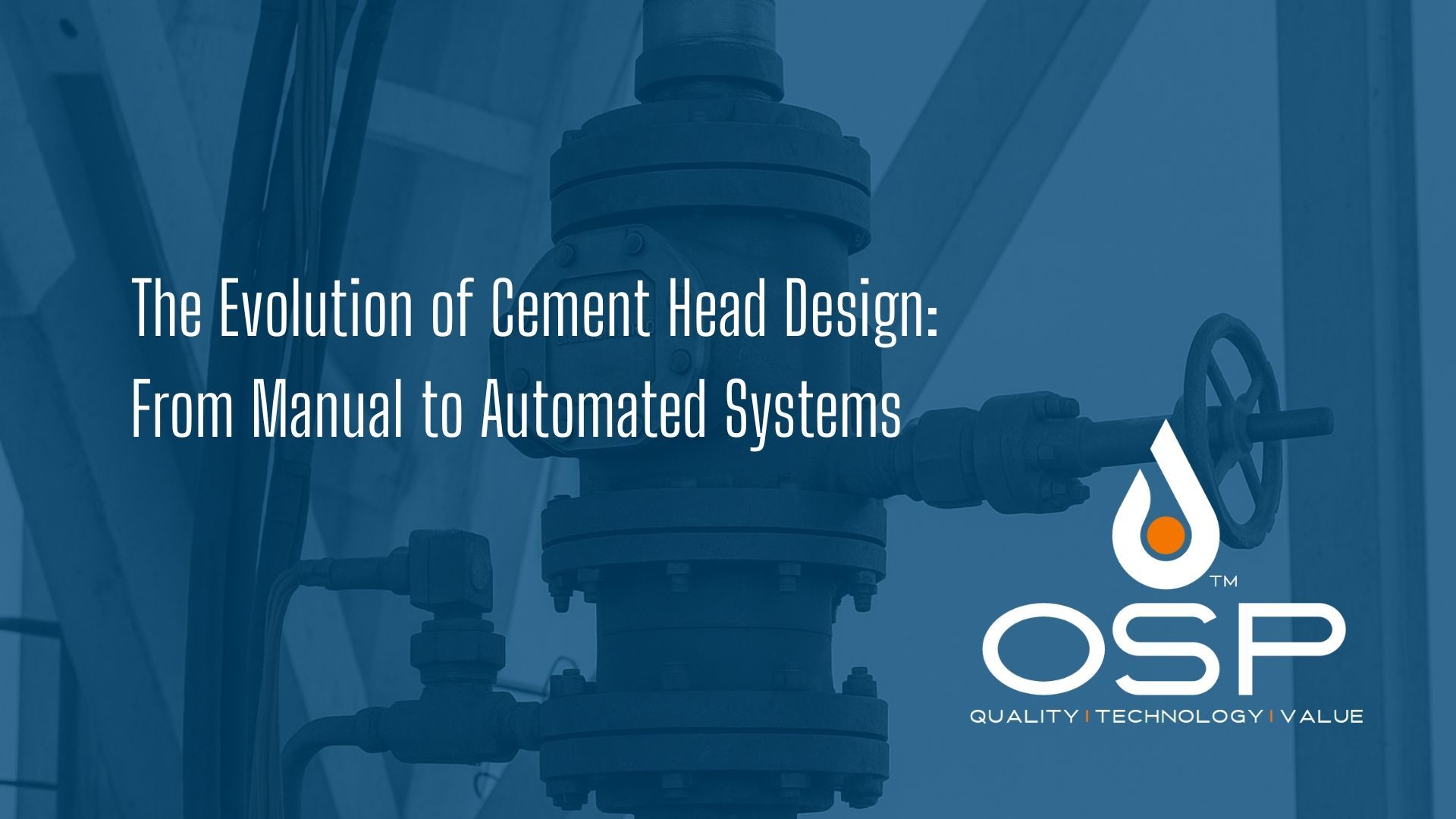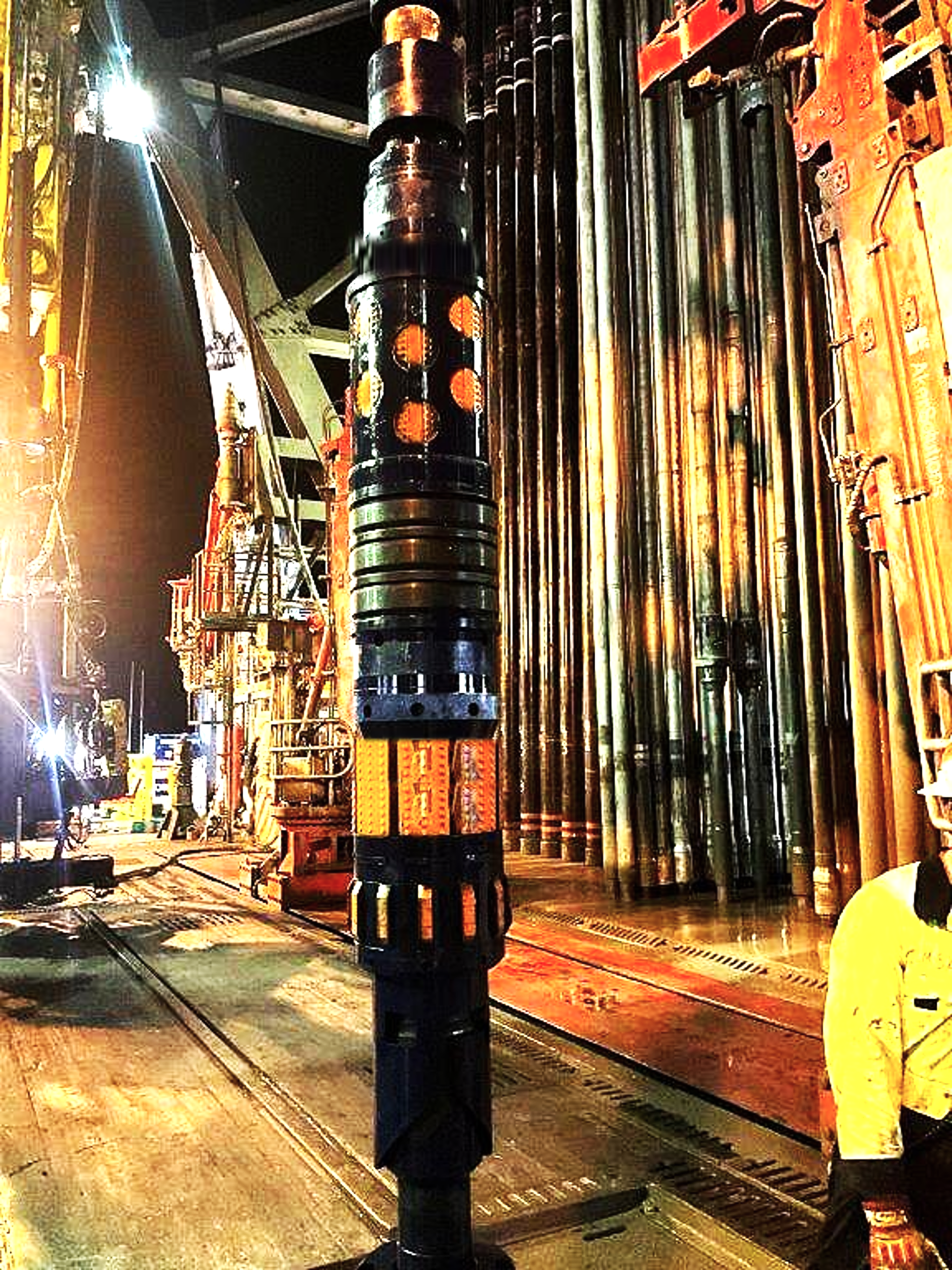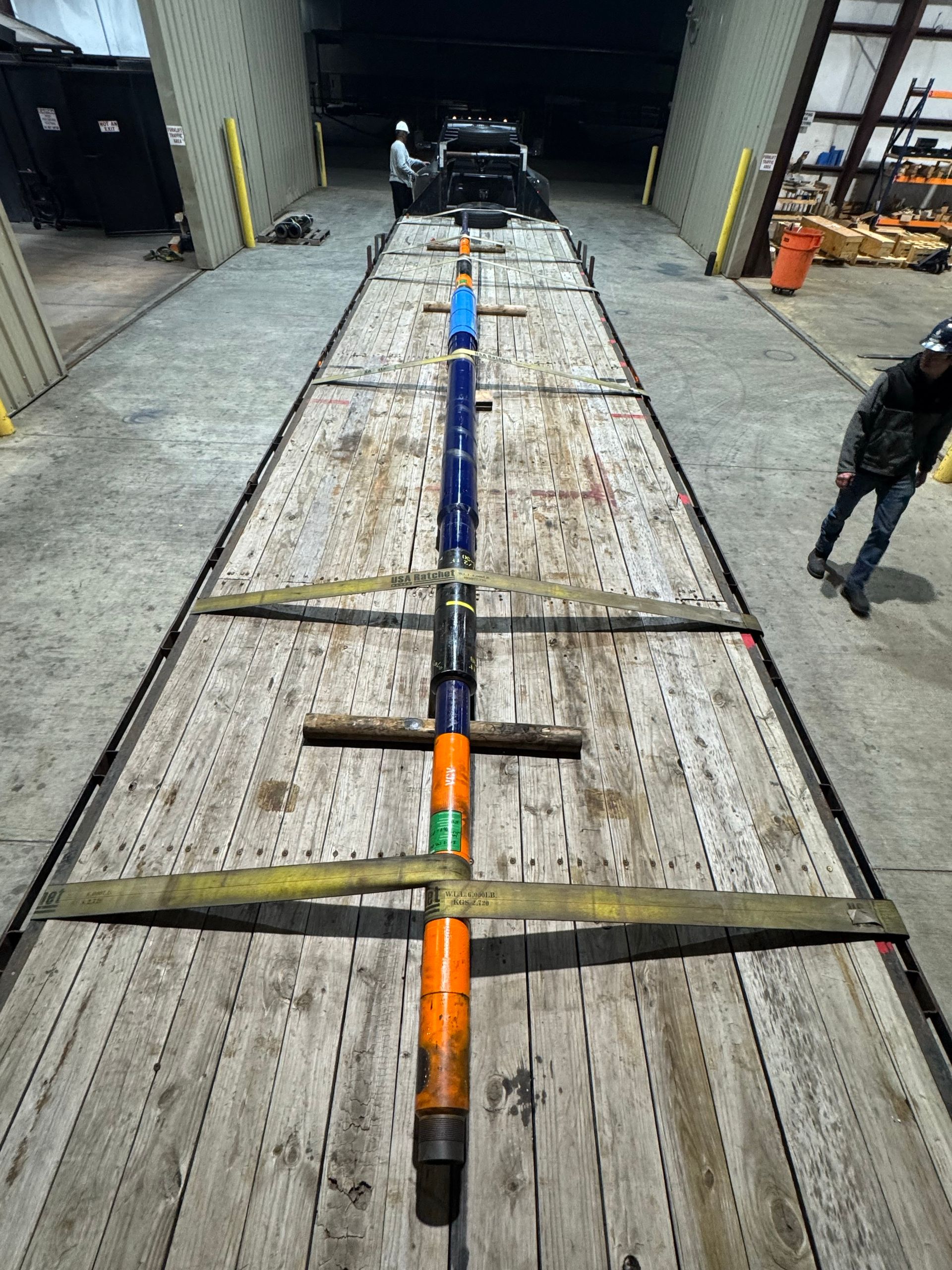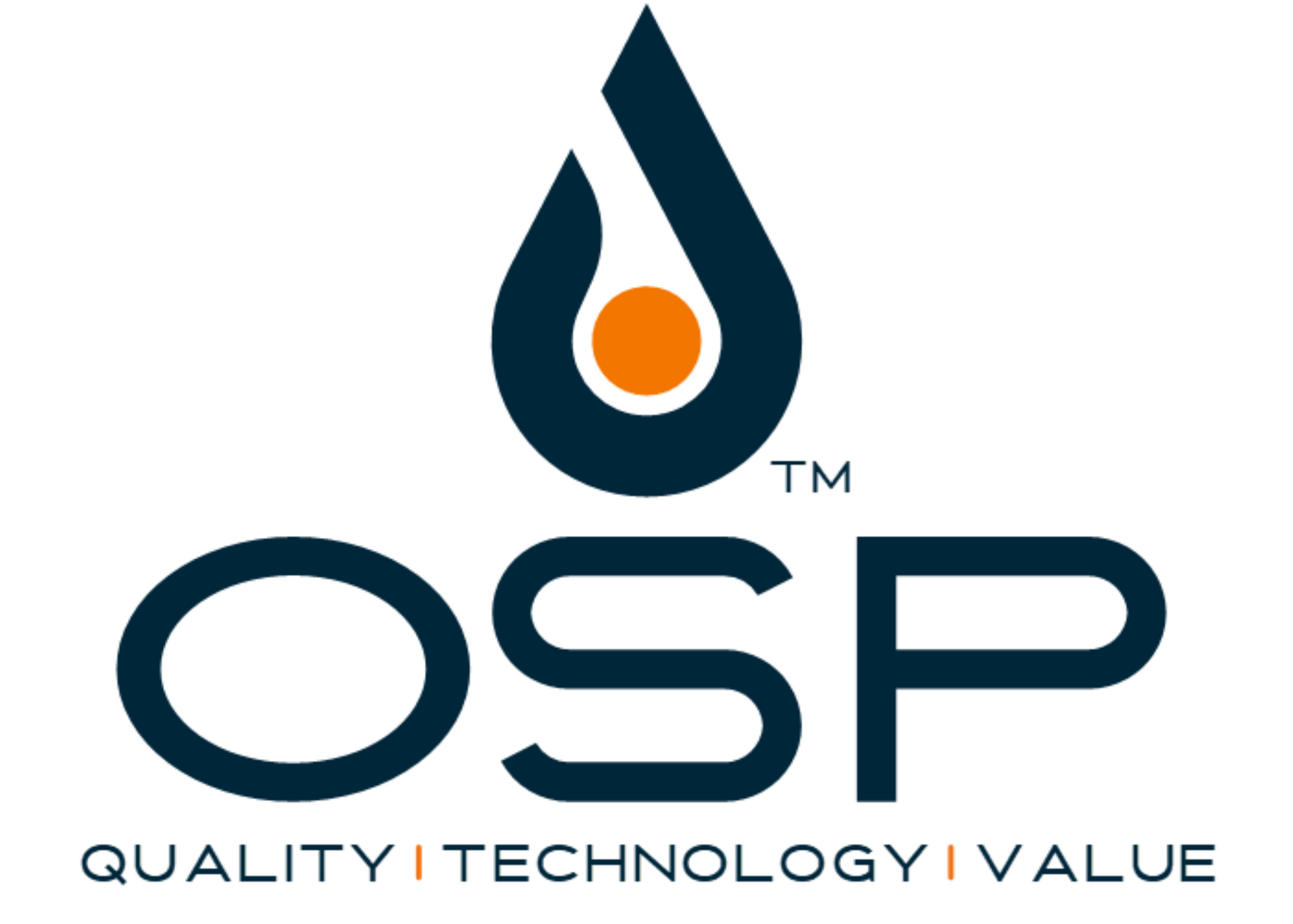
Leveraging Advanced Automation to Optimize Efficiency, Minimize Risk, and Drive Down Drilling Costs
In today’s oil and gas industry, optimizing well construction costs is more critical than ever. With increasing operational expenses, stringent environmental regulations, and the need for improved efficiency, operators must seek innovative solutions to remain competitive. One of the most effective strategies for cost reduction is automation, particularly in cementing and wellbore operations.
Oilfield Service Professionals (OSP) is leading the charge by integrating cutting-edge automation into well construction processes. From cementing solutions to wellbore tools, OSP’s technology-driven approach helps reduce non-productive time (NPT), improve safety, and enhance operational efficiency. This blog explores how automation through OSP’s solutions is transforming the well construction process and driving cost savings for operators.
Why Automation is Crucial in Well Construction
Traditional well construction methods often rely on manual operations, which can lead to inconsistencies, operational delays, and increased safety risks. Manual interventions also contribute to higher labor costs, equipment downtime, and human error, all of which impact the bottom line.
By leveraging automation, companies can streamline operations and improve precision. Automated processes reduce variability, enhance repeatability, and allow real-time decision-making based on advanced data analytics. The impact is significant:
- A 30% increase in drilling speed and
- A 25% reduction in operational costs have been reported by companies implementing automation in their workflows.
Chevron, for example, has successfully used AI-driven automated drilling to enhance efficiency while reducing costs. These same principles apply to cementing and wellbore operations, where OSP’s automation technologies provide similar benefits.
Automated Cementing: A Game-Changer for Well Integrity and Cost Savings
Cementing is a critical stage in well construction, ensuring zonal isolation, casing support, and overall well integrity. Traditional cementing methods, which rely on manual plug launching and slurry placement, are prone to inefficiencies and human error.
OSP’s LaunchPro™ Cement Heads & Plug Launchers automate the cementing process by:
✔ Reducing human intervention in plug launching sequences, minimizing operational risks.
✔ Ensuring precise timing of plug releases for optimal cement placement.
✔ Enhancing safety by limiting manual handling of heavy equipment.
✔ Improving efficiency, leading to faster well completion and reduced NPT.
By automating plug launch sequences, operators can significantly cut costs associated with delays, remedial work, and potential well integrity failures. Additionally, automation enhances the consistency of cementing operations, ensuring long-term well performance and minimizing costly interventions down the line.
Advanced Wellbore Tools for Cost-Effective Operations
Beyond cementing, OSP offers a suite of automated wellbore tools that help operators maximize efficiency and reduce costs. These tools address common challenges faced during casing runs, pressure management, and cementing processes.
1. SurgePro™ Surge Reduction Diverter System
✔ Reduces surge pressures during casing run-in, preventing formation damage.
✔ Protects weak formations, reducing the risk of costly wellbore instability.
✔ Optimizes wellbore hydraulics, allowing for a smoother casing run.
This technology minimizes wellbore damage, reducing the need for remedial work and lowering the overall cost of well construction.
2. CatchPro™ Multiple Dart Catchers
✔ Automates the catching of multiple cementing darts, eliminating the need for manual retrieval.
✔ Enhances cementing efficiency by ensuring a seamless transition between cementing stages.
✔ Reduces NPT associated with dart recovery operations.
By integrating these automated wellbore tools, operators can eliminate unnecessary downtime, optimize pressure management, and enhance well integrity—all contributing to lower well construction costs.
The Measurable Impact of Automation on Cost Reduction
Automation in well construction is not just a technological upgrade—it’s a financially sound investment. The benefits of automating cementing and wellbore operations are tangible and quantifiable:
✔ Lower Operational Costs
Automated systems reduce reliance on manual labor, cutting workforce costs and minimizing human error-related inefficiencies. Additionally, faster and more efficient operations translate to reduced rig time and lower overall expenditures.
✔ Enhanced Safety
By reducing the need for manual handling, automation minimizes worker exposure to hazardous tasks, lowering the risk of injuries and improving workplace safety.
✔ Improved Well Integrity
Automated cementing and wellbore tools ensure consistent, high-quality well construction, reducing the likelihood of well integrity issues, remedial work, and costly interventions in the future.
✔ Faster Well Completion
Speed is a critical factor in cost efficiency. Automation accelerates cementing and wellbore operations, allowing operators to complete wells faster and bring them into production sooner.
Final Thoughts: Why Automation is the Future of Well Construction
The oil and gas industry is evolving, and companies that embrace automation will be the ones that stay ahead. OSP’s automated cementing and wellbore tools are designed to provide cost-effective, reliable, and efficient solutions that help operators maximize profitability while maintaining the highest standards of safety and well integrity.
By integrating automation into well construction, operators can reduce costs, improve efficiency, and ensure long-term success in an increasingly competitive industry. If you’re looking to optimize your well construction process, OSP’s cutting-edge automation solutions are the key to unlocking greater efficiency and profitability.
For more information about OSP’s innovative well construction solutions, visit www.go-osp.com.
Eliminating Downtime in HPHT Wells: How OSP’s Modular Drillable Barriers Are Solving Costly Deepwater Challenges
Meeting the Demands of Modern Wells

When Downtime Becomes the Real Enemy
In deepwater drilling, operators often talk about pressure, temperature, and depth as the ultimate tests of a well. But ask any drilling manager where the real pain lies, and you’ll often hear a different answer: non-productive time (NPT).
Every hour of rig time offshore costs tens to hundreds of thousands of dollars. When conventional drillable barrier systems fail to hold under high-pressure, high-temperature (HPHT) conditions, the price is steep: sidetracks, delayed completions, and strained budgets.
This is the problem Oilfield Service Professionals (OSP) set out to solve. The result is a suite of modular, field-proven tools BarrierPro™, SqueezePro™, and MultiPro™ engineered specifically for HPHT environments. By addressing the core limitations of traditional systems, OSP is helping operators reclaim efficiency, reduce risk, and protect margins.
The Pain Points of Conventional Systems
Operators drilling into the Lower Tertiary Gulf of America (GoA) or similar HPHT environments face a consistent set of challenges:
- Unreliable conveyance through Tieback Receptacles (TBR): Conventional plugs often struggle to pass-through casing ID transitions, leading to poor isolation.
- Limited adaptability: Most systems are designed for narrow use cases, forcing operators to carry large inventories of specialized BHAs.
- High drill-out times: Ferrous-heavy designs increase flat time during plug removal.
- Premature setting risks: Complex geometries can trigger failures before plugs reach depth.
The operational consequences are significant: costly contingency sidetracks, delayed production, and increased HSE exposure.
The Solution: A Modular, Field-Tested Suite
BarrierPro™ – Reliability at Depth
BarrierPro™ is a cast-iron retainer/bridge plug rated to API 11D1-V3 for 15,000 psi differential pressure. Its enhanced slip-retention system eliminates the need for composite bands or slotted segments, enabling superior anchoring and performance in HPHT wells.
Key benefits:
- Dependable sealing in complex high pressure environments
- Reliable conveyance through TBR transitions.
- Qualified barrier at 15,000 psi differential.
- Seamless integration with OSP’s MultiPro™ setting platform.
SqueezePro™ – Cement Assurance Simplified
For cement remediation and annulus repair, SqueezePro™ offers semi- and fully-composite designs that deliver sealing integrity while dramatically reducing drill-out times.
Key benefits:
- Rapid drill-out, reducing rig time.
- Reliable isolation for cementing operations.
- Seamless integration with OSP’s MultiPro™ setting platform.
MultiPro™ – Deployment Versatility
The MultiPro™ system is a field-convertible setting platform. Compatible with mechanical, hydraulic, and wireline deployment, it reduces tool OD and length for easier clearance through tight geometries.
Key benefits:
- One system adaptable across casing sizes and grades.
- Inventory simplification.
- Improved annular clearance and faster drill-out efficiency.
Case Study 1: 31,000-ft Micro-Annulus Remediation
An operator in the Gulf of America faced severe micro-annulus issues in a 15,000 psi-rated well at 31,000 ft. Traditional tools had repeatedly failed to seal across TBR transitions.
OSP solution:
- Deployed BarrierPro™ with custom centralizer to ensure smooth passage through restrictions.
- Achieved a successful set at 31,000+ ft.
- Barrier passed API 11D1-V3 validation testing.
Results:
- Single-trip remediation completed successfully.
- NPT reduced significantly.
- Well integrity restored without sidetrack.
Case Study 2: Record-Setting 34,000-ft Barrier Installation
In another GoA project, an operator attempted to install a barrier at 34,000 ft—a record-setting depth with more than 850 premium casing connections. Competing tools had failed repeatedly.
OSP solution:
- Deployed BarrierPro™ Hydra-Set™ with CleanPro™ scraper.
- Combined scraper and barrier deployment in a single trip.
Results:
- First successful barrier set at 34,000 ft.
- Post-installation test exceeded 10,000 psi.
- No seal or setting failures.
- Operator avoided contingency sidetrack and costly delays.
The Value Delivered
The OSP Drillable Technology Suite provides measurable operator benefits:
- Reduced NPT: Faster deployment and drill-out save rig time.
- Risk Mitigation: Reliable sealing reduces likelihood of remedial work.
- Inventory Simplification: Modular system lowers logistical burden.
- Operational Flexibility: Multiple deployment options accommodate unpredictable downhole environments.
- Proven Reliability: Field data validates performance in the most extreme HPHT wells.
Turning Downtime into Uptime
The industry can’t afford the inefficiencies of legacy barrier systems. With field-proven tools like BarrierPro™, SqueezePro™, and MultiPro™, OSP delivers what operators need most: reliable performance in the harshest environments, fewer unplanned trips, and measurable reductions in NPT.
In short, OSP is transforming downtime into uptime, protecting both well integrity and operator economics in HPHT drilling.

